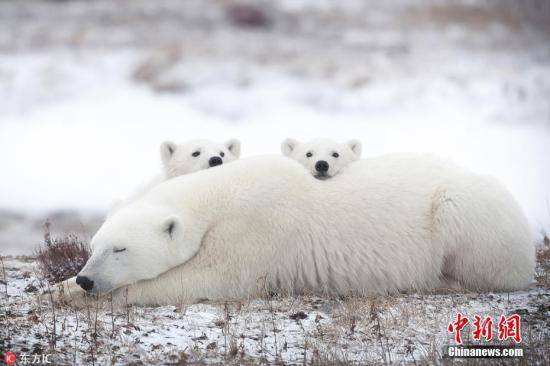China News Service, July 26. According to the "Central News Agency" report, the Norwegian Meteorological Institute reported that on the 25th local time, the temperature in the Svalbard Islands in the Arctic Circle reached a record high, reaching 21.7 degrees Celsius. The local temperature is usually at this time. Between 5 and 8 degrees Celsius.
Data map: On the west coast of Greenland, 250 kilometers north of the Arctic Circle, in Disco Bay, many icebergs drifted into the fjord and gradually melted.
Meteorologist Kristen Gislefoss said that the Svalbard Islands recorded a temperature of 21.2 degrees Celsius in the afternoon for two consecutive days, which was only slightly lower than the 21.3 degrees Celsius recorded in 1979. However, around 6 pm local time, the weather station recorded 21.7 degrees Celsius, a record high.
According to scientific research, the rate of global warming in the Arctic Circle is twice that of other places on the surface. The Svalbard archipelago is 1,000 kilometers from the North Pole. The largest island is Spitsbergen, which is the only inhabited island in the archipelago.
This heat wave is expected to continue until the 27th, and the temperature is much higher than the average temperature of July, the hottest month in the Arctic Circle. The temperature in the Svalbard Islands during this period of the year is usually between 5 and 8 degrees Celsius.
The temperature in Svalbard has been 5 degrees Celsius higher than normal since January, and the temperature in Siberia, which is close to the polar circle, soared to 38 degrees Celsius in mid-July.
Data map: The global warming crisis is intensifying, and the polar bear is undoubtedly one of the most threatened species.
The Norwegian Climate Research Center stated in February 2019 that the average temperature of Svalbard has risen by 3 to 5 degrees Celsius since the early 1970s. If global greenhouse gas emissions continue to increase, it is expected that the temperature may rise by 10 degrees Celsius in 2100.
The research center added that rising temperatures may thaw the frozen soil that supports many buildings, roads and airports, and may also cause more avalanches and landslides.
According to the report, there is a coal mine in Svalbard, which is famous for the habitat of polar bears. It excavates the coal mine that is most likely to contribute to global warming of all energy sources. There is also a seed bank for preparing for the "end of the world". Store the world’s crops in case of a global catastrophe.

